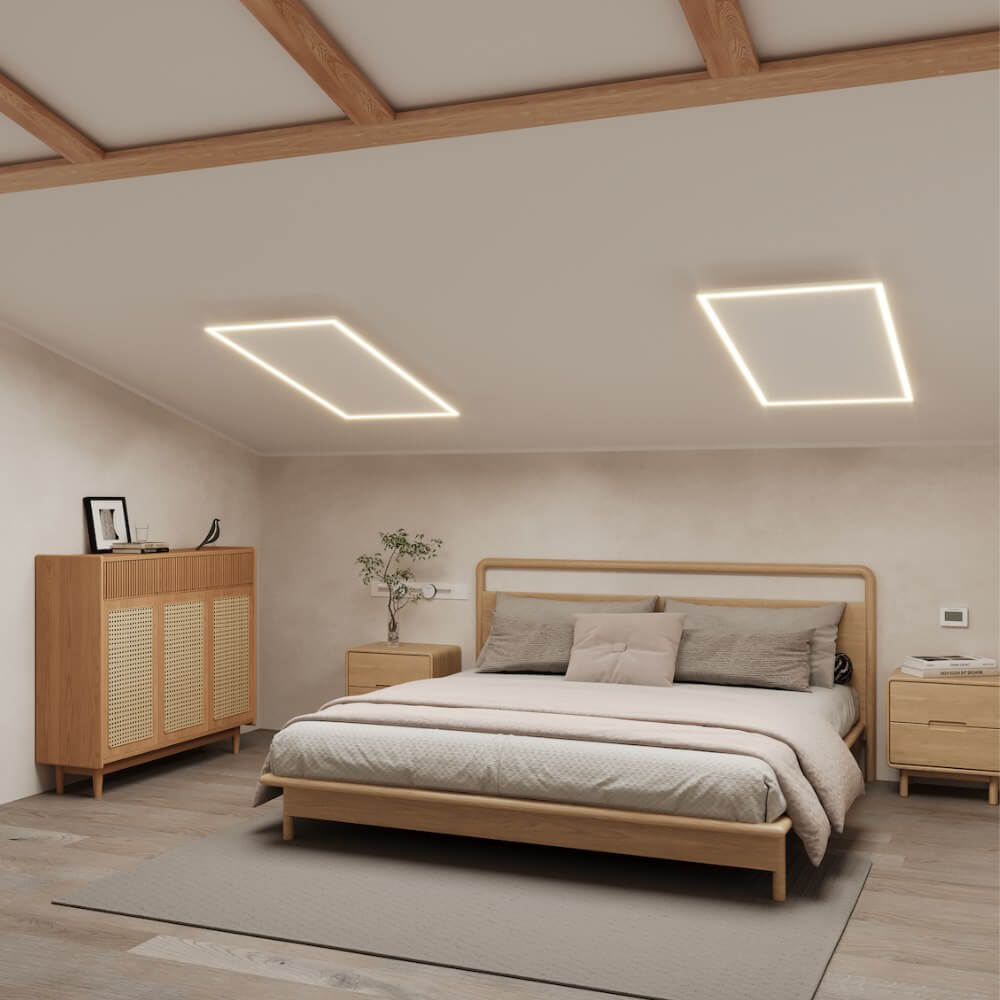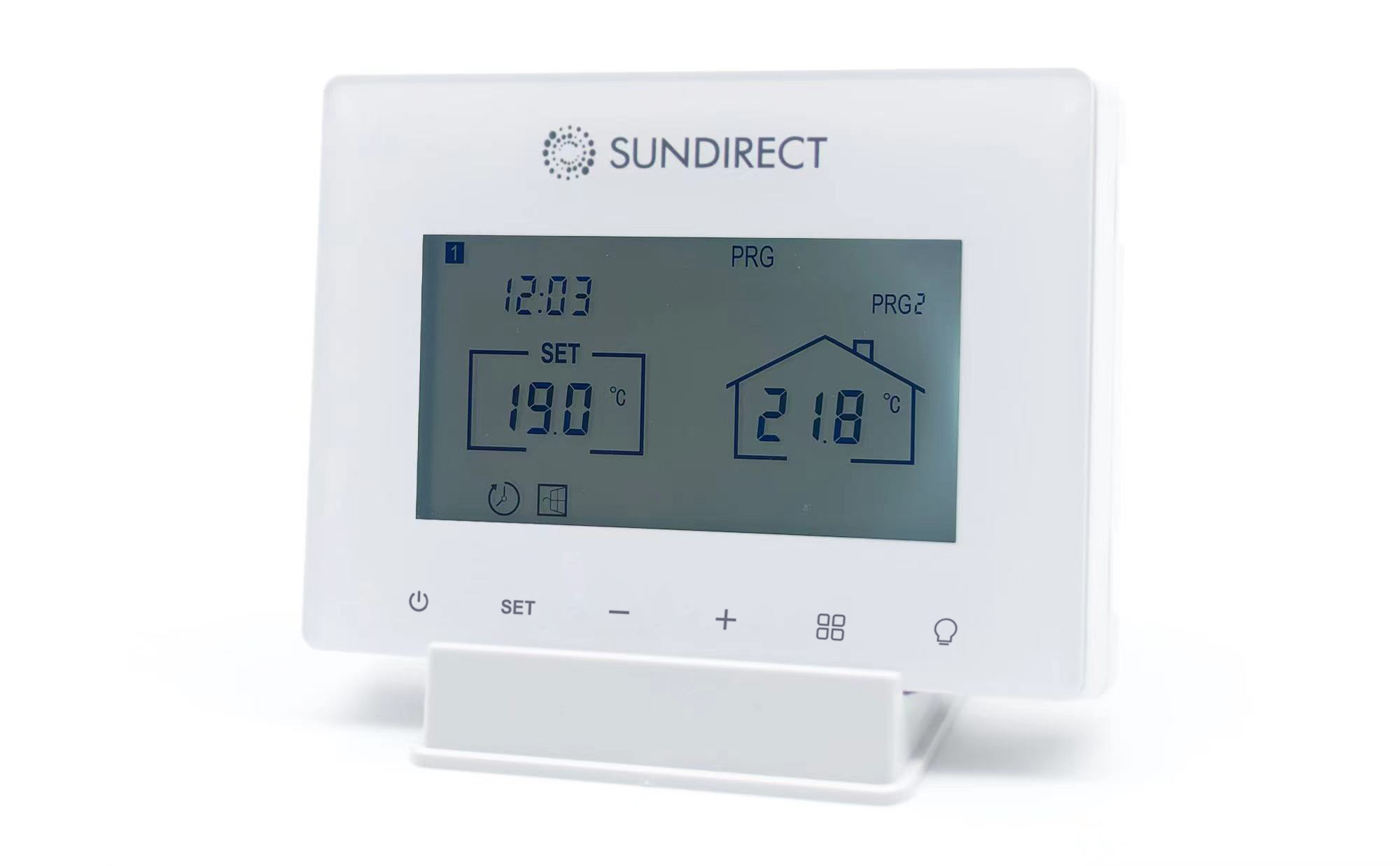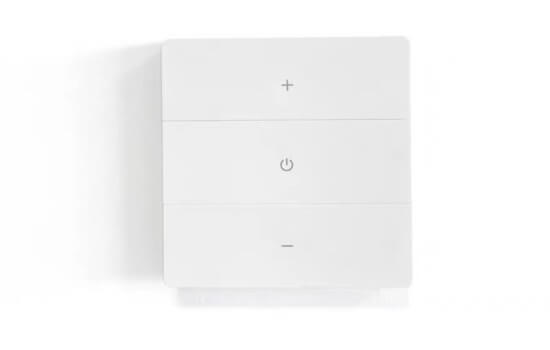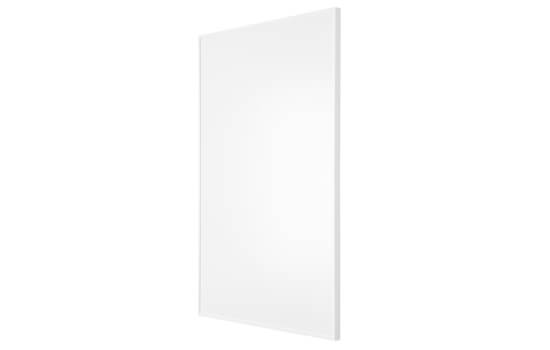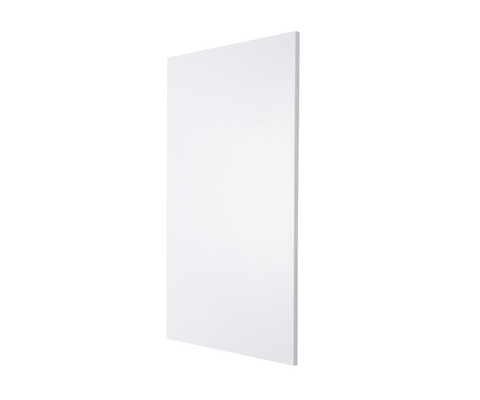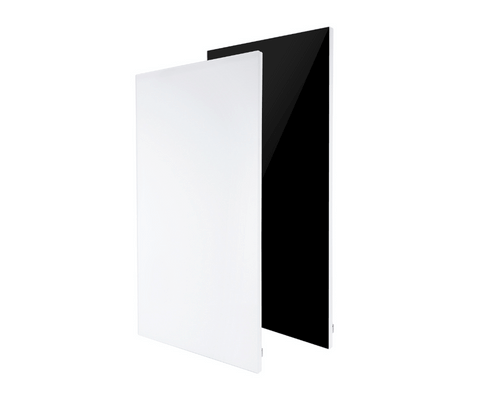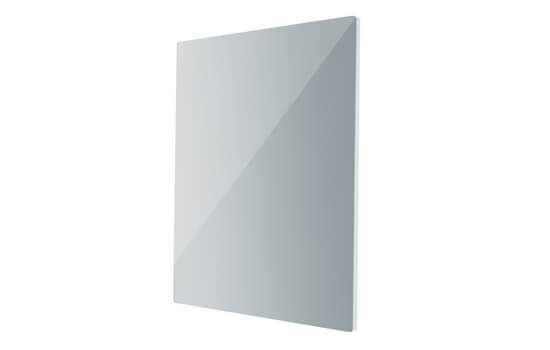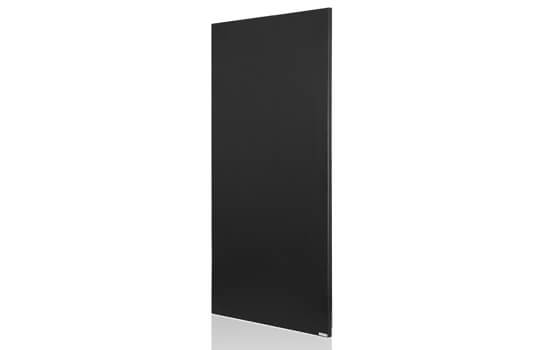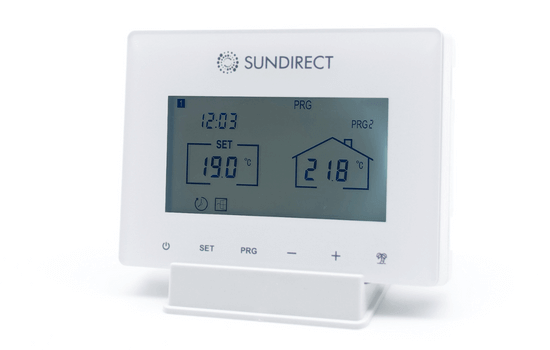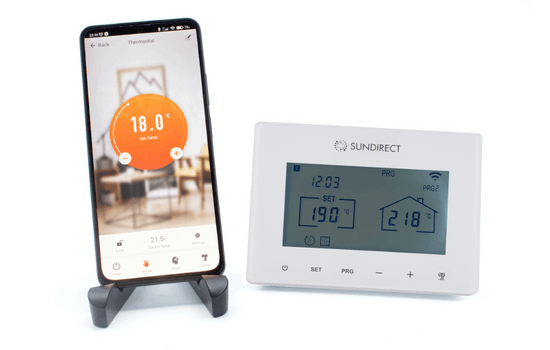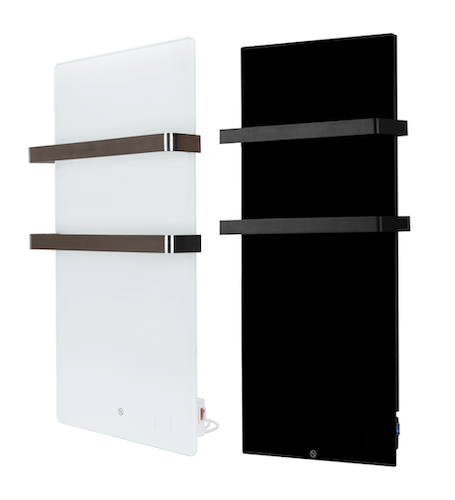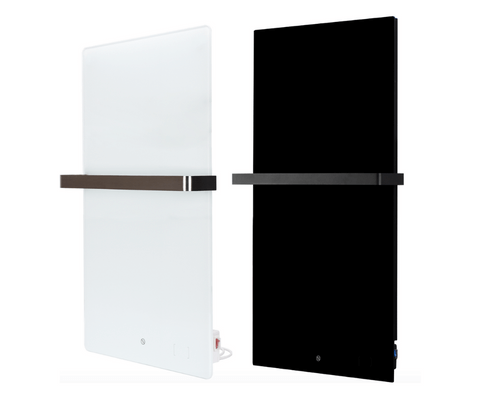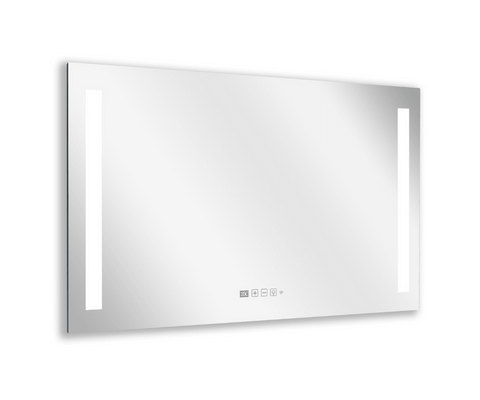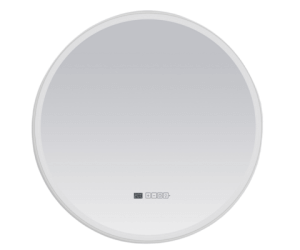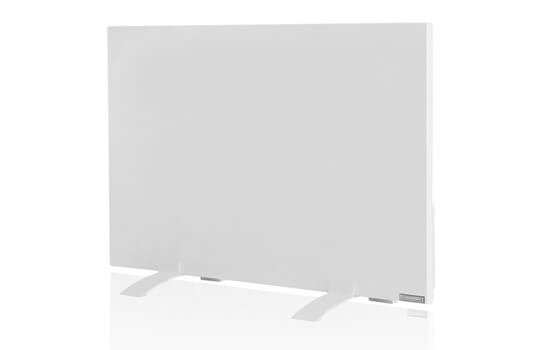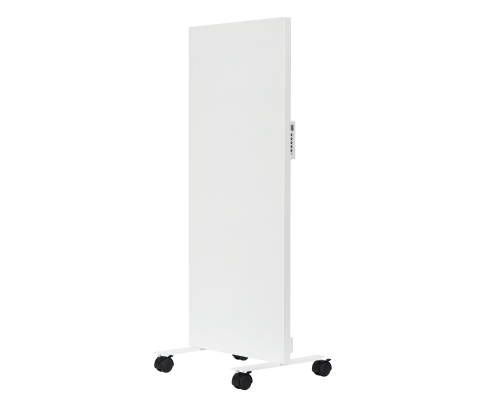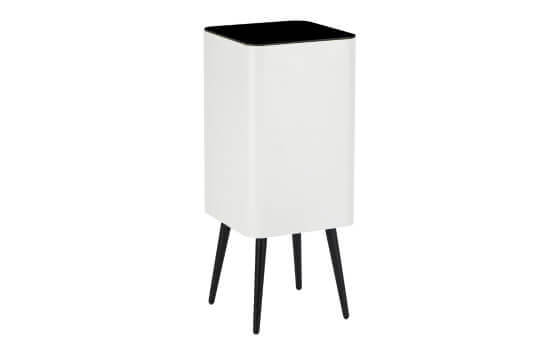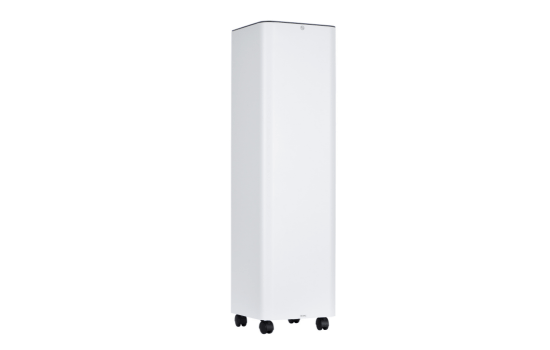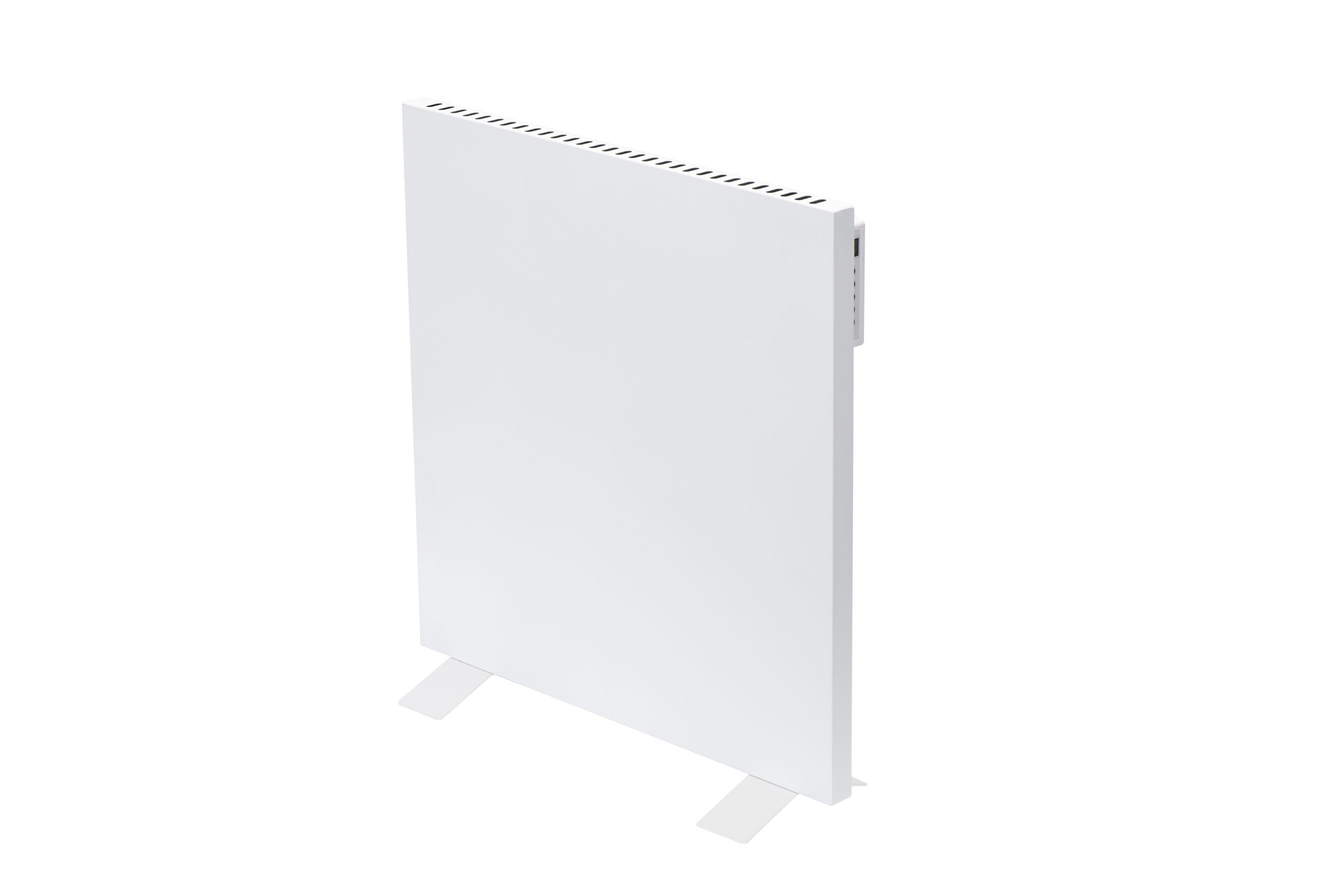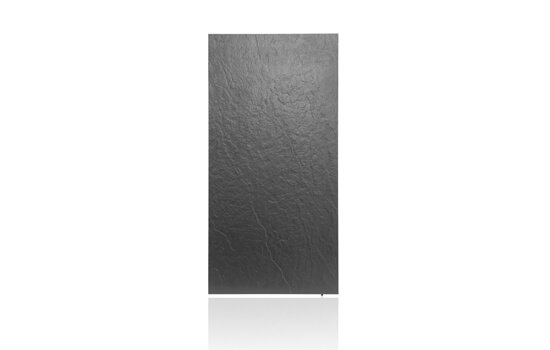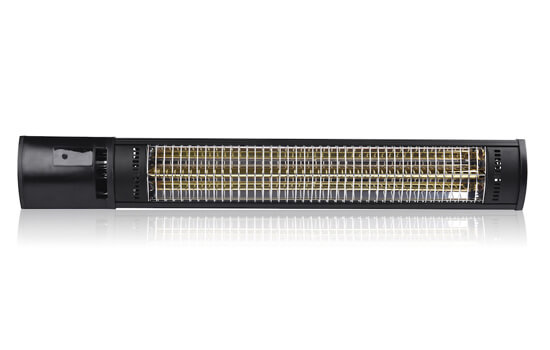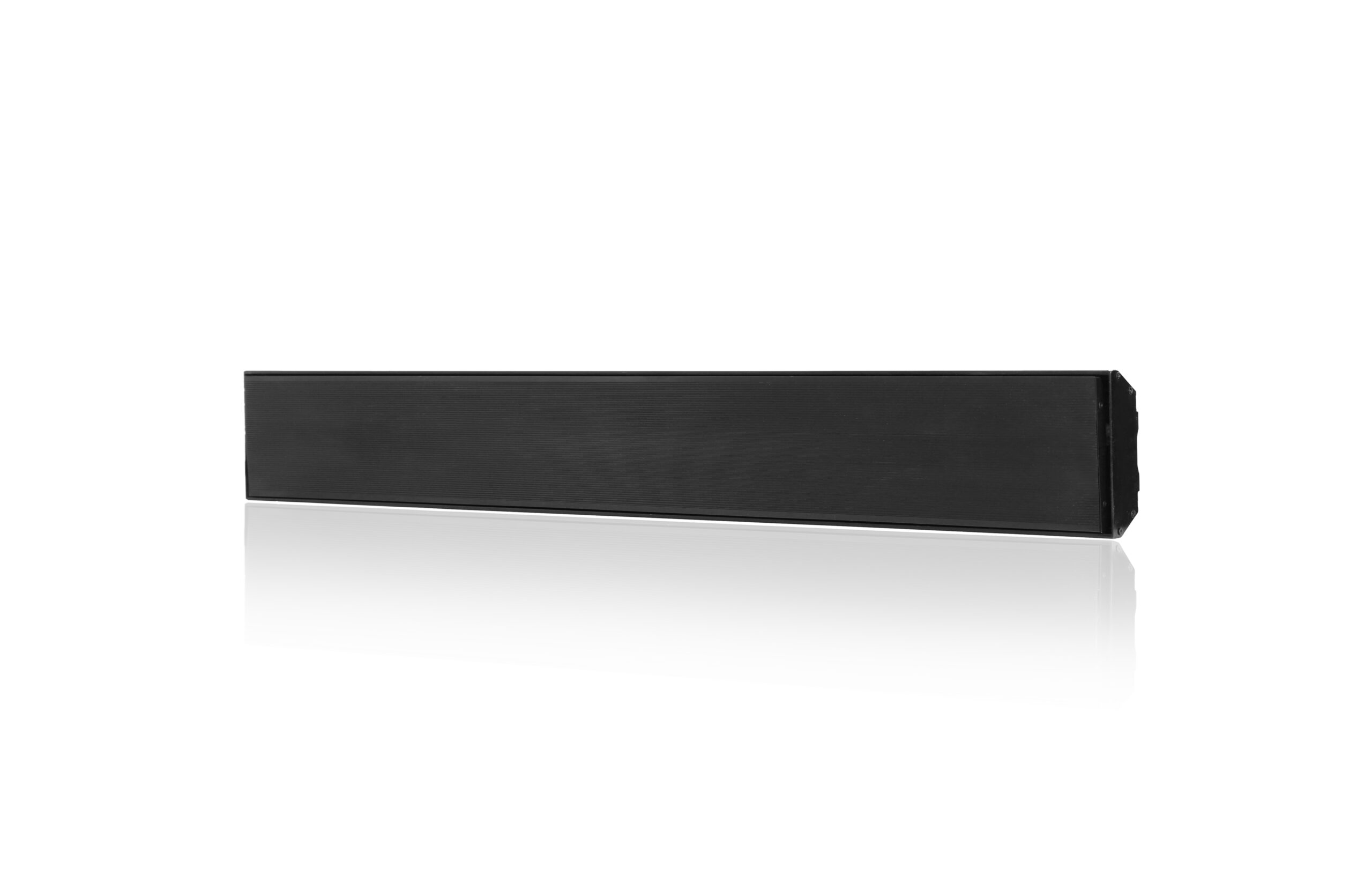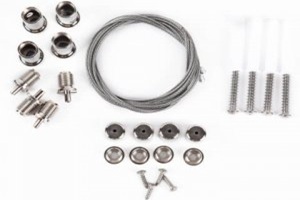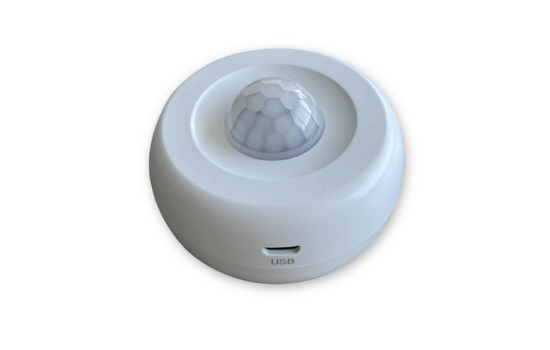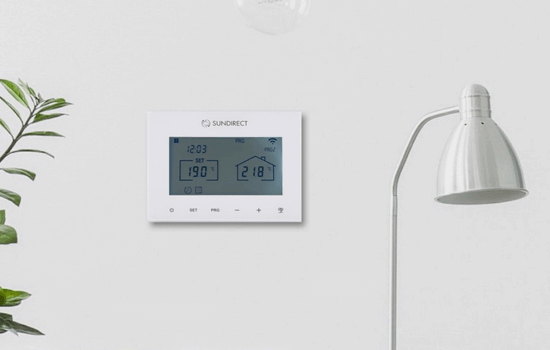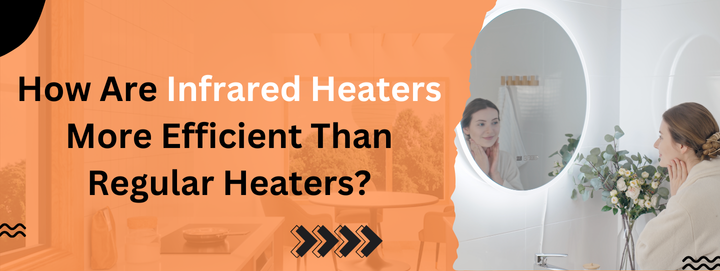Heating your home efficiently is a priority for most homeowners, especially when energy costs are rising. One of the best ways to achieve this is by choosing the right heating system. Among the many options available, infrared heaters are emerging as the most efficient alternative to traditional heaters. But what makes them so special? Let’s dive into the specifics and find out why infrared heaters outperform regular heaters when it comes to efficiency.
Understanding Infrared Heating
Infrared heaters use infrared radiation to produce heat. Unlike traditional heaters that warm the air in a room, infrared heaters directly warm objects, people, and surfaces within their range. This method mimics the way the sun heats the Earth, offering a natural and highly effective form of warmth.
How Do Regular Heaters Work?
Regular heaters, such as convection or fan heaters, primarily rely on heating the air. They circulate warm air around the room, which eventually raises the overall temperature. However, this process has its drawbacks, including uneven heating, energy wastage, and slower results.
Key Reasons Infrared Heaters Are More Efficient
1. Direct Heating for Maximum Efficiency
Infrared heaters transfer heat directly to objects and people, rather than heating the air. This eliminates energy loss caused by heat dissipation into unused areas, making them more efficient.
2. Faster Heating
Traditional heaters often take time to warm up a space because they rely on circulating warm air. Infrared heaters, on the other hand, provide instant warmth as soon as they are turned on. No more waiting around for your room to heat up!
3. Energy Savings
Since infrared heaters focus on heating specific areas, they use less energy compared to regular heaters that must heat the entire room. This targeted heating minimizes energy wastage, lowering your electricity bills.
4. Consistent Heat Distribution
With infrared heaters, there are no cold spots in your room. They provide uniform warmth by directly targeting objects and people, unlike traditional heaters that struggle to maintain consistent heat distribution.
5. Reduced Heat Loss
Regular heaters lose heat when warm air rises to the ceiling or escapes through gaps in windows and doors. Infrared heaters, however, directly heat objects and surfaces, ensuring minimal heat loss.
6. Ideal for Zoned Heating
Infrared heaters excel at zoned heating, allowing you to warm only the areas you use instead of heating the entire house. This is especially beneficial for homes with large or multiple rooms.
Other Benefits of Infrared Heaters
1. Silent Operation
Infrared heaters operate without fans or moving parts, making them completely silent. This is a great advantage for bedrooms, offices, or meditation spaces.
2. Better Air Quality
Since infrared heaters don’t rely on air circulation, they don’t stir up dust, allergens, or bacteria. This makes them ideal for people with allergies or respiratory conditions.
3. Eco-Friendly Option
Infrared heaters are more environmentally friendly because they consume less energy and reduce carbon emissions compared to traditional heating systems.
4. Longevity
Infrared heaters have fewer mechanical components, which means less wear and tear over time. This increases their lifespan, making them a cost-effective choice in the long run.
Where Infrared Heaters Excel Over Regular Heaters
1. Outdoor Heating
Infrared heaters are perfect for outdoor spaces like patios and balconies. Regular heaters struggle to perform effectively outdoors due to heat dissipation.
2. High Ceilings or Drafty Rooms
In spaces where warm air tends to rise or escape, infrared heaters perform better since they heat objects directly instead of relying on air circulation.
3. Spot Heating
If you need to heat a specific area, such as a work desk or reading nook, infrared heaters are an excellent choice. They focus on the area without wasting energy on the entire room.
Tips for Maximizing Infrared Heater Efficiency
- Position Strategically: Place the heater where it can directly target the area you want to warm.
- Use with Insulation: Combine infrared heating with proper insulation to retain warmth.
- Zoned Heating: Only use the heater in areas you frequently occupy to reduce energy usage.
- Regular Maintenance: Keep the heater clean and dust-free for optimal performance.
Conclusion
Infrared heaters are undoubtedly more efficient than regular heaters due to their ability to provide direct, targeted warmth while consuming less energy. They not only save you money on electricity bills but also offer faster and more consistent heating. Additionally, their silent operation, improved air quality, and eco-friendliness make them a superior choice for modern homes.
If you’re looking for an energy-efficient, cost-effective, and comfortable heating solution, investing in an infrared heater is the way to go!
FAQs
- Are infrared heaters safe to use?
Yes, infrared heaters are completely safe when used as directed. Many models come with built-in safety features like overheat protection and tip-over switches. - Can infrared heaters work in large spaces?
Absolutely! Infrared heaters can effectively warm large areas, especially when used in combination with zoned heating. - Do infrared heaters require a lot of maintenance?
No, infrared heaters require minimal maintenance. A quick clean every few months is usually sufficient to keep them running efficiently. - Are infrared heaters expensive to run?
No, infrared heaters are energy-efficient and cost less to run compared to regular heaters, especially for targeted heating. - Can infrared heaters replace central heating systems?
Infrared heaters can be a great supplement to central heating systems, especially for zoned heating or specific areas where central heating is inefficient.

